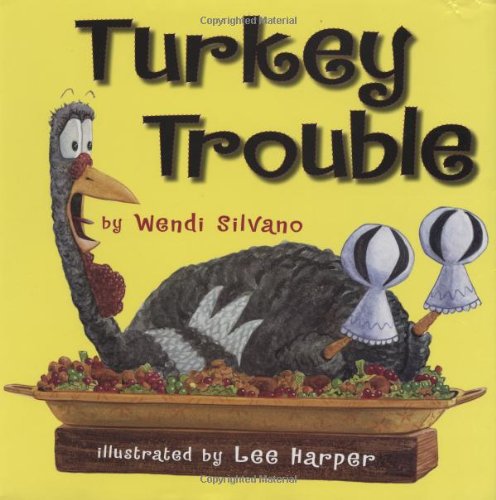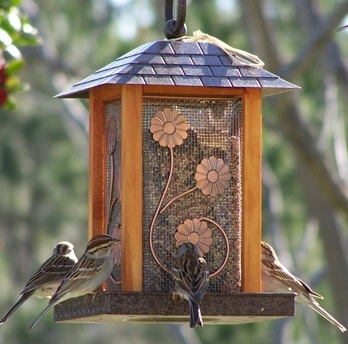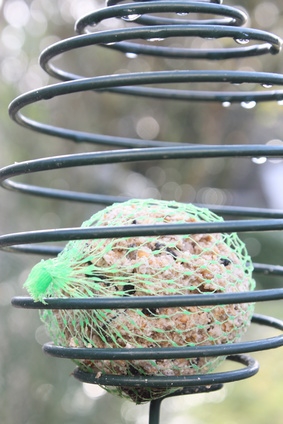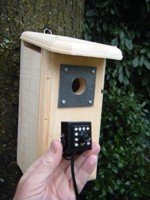
Chicken Coops
Framing lumber: The framework of the Chicken coops is mainly often made up of 2x4s or 2x3s. For a large walk-in coop's structural floor joists and/or roof rafters, you may need to upgrade to 2x6s or 2x8s. Skids or support post may call for profound 4x4s.
Plywood: For produce floors, cladding walls, and sheathing roofs, sheet lumber like plywood is usually used. Depending on the relevance, oriented strand board (OSB) or T1-11 paneling may be a good alternative. Special thicknesses are presented.
Nails/screws: In all possibility, you'll need both nails and screws for various steps of your coops build; you'll find times and a deference where a nail simply won't do a screw's job, and vice versa. Prefer fastener that suit your building application and your coop's weather feeling. Shingled roofs require unexpected roofing nail.
Roofing shingles: defend your finished coops with a layer of asphalt roofing shingles, just like the ones on a representative home. Otherwise, corrugated roofing panels of metal or fiberglass can be used.
Wire mesh: Most coops attribute runs wrap in heavy-gauge wire mesh. It can also be used to cover windows, vents, or other gaps in the protection and make them predator-proof.
Fencing staples: Use extraordinary U-shaped nails to button up wire mesh in position.
Chickens Coops to keep them safe chicken from destructive fundamentals in regards to the climate and, of course, from predators, domestic and wild who may be looking for a free chicken dinner. Chickens also need everyplace safe and personal to lay their eggs and to roost at night.
Look for plans that will present dry, draft-free Chicken Coops for your birds. Chickens need protection from the elements, mainly from rain and wind at night in the cooler months. A good set of plans will include porthole or vent areas that can be opened or closed as needed depending on the weather.
Plans for chicken coops differ widely, from simple, portable A-frame structure that home a few birds to large, sturdy houses with built-in nesting boxes, roosting bars, windows, doors and enough space for a big flock. Coops can be difficult and plain-looking or extra detailed, attractive and colorfully dyed.
 Thanksgiving Day Bird, the Mexico
¡Gobble!Sometimes, his
Thanksgiving Day Bird, the Mexico
¡Gobble!Sometimes, his
 How to Make a Wooden Bird House Pole System
How to Make a Wooden Bird House Pole System
How to Make a Wooden Bird House Pole System
How to Make a Wooden Bird House Pole System
 How to Make Homemade Bird Food Suet
How to Make Homemade Bird Food Suet
Ho
How to Make Homemade Bird Food Suet
How to Make Homemade Bird Food Suet
Ho
 Learn and Create: Attracting Owls to Your Backyard
This series of articles will
Learn and Create: Attracting Owls to Your Backyard
This series of articles will
 Bird House Camera
I know many will disagree, b
Bird House Camera
I know many will disagree, b
Copyright © 2005-2016 Pet Information All Rights Reserved
Contact us: www162date@outlook.com